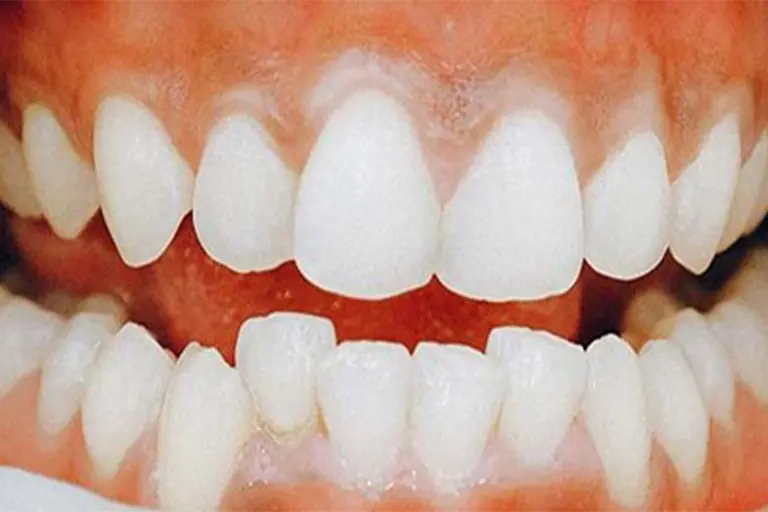Occlusion refers to how your teeth fit together when you close your mouth. When your mouth is closed, the molar teeth are flush with one another, and the upper teeth lie over the lower teeth.
However, sometimes teeth don’t line up. When teeth are not properly aligned, a condition known as malocclusion issues.
Several orthodontic problems, such as malocclusions, bad bites, and jaw irregularities, demand orthodontic treatment. Orthodontic therapy has various advantages.
By correcting issues including overbites and underbites, crooked jaws, and crowded teeth, an orthodontist can majorly impact the appearance and health of a patient’s smile.
Also, if you are a Floridian in need of a dentist in Coral Springs for an examination of your teeth, you should make an appointment at Your Smile Clinic. Dental malocclusion involves the following issues.
Common Orthodontic Problems
Unnecessary Crowding
Overcrowding of the teeth is a typical orthodontic issue. Crowding occurs when there is not enough area in the jaws for all teeth. Teeth overlapping one another are more difficult to maintain or clean than non-overlapping teeth, leading to unequal damage and gum issues for patients with crowded teeth.

Overbite Issues
The malocclusion known as prognathism describes a “bad bite” in which the lower teeth make contact with the upper teeth. A slight underbite occurs when the upper and lower rows of teeth are close to touching, while a severe underbite occurs when the upper and lower teeth do not touch.
It’s a social problem that many people want to fix this issue permanently because it can create the idea that you’re expressing an emotion that you aren’t feeling.
Improper positioning of the lower teeth usually occurs at birth and is responsible for an underbite.
Irregular Spacing
Teeth can develop gaps or spaces within the mouth. Many factors can lead to these gaps between the teeth. Some may be inherited, like when a patient’s jaw bone is too small for their teeth.
If a tooth is missing or too tiny, the teeth next to it may shift, creating a gap. Habits like finger or thumb sucking and tongue pushing can also develop gaps between teeth.
The absence of pigment between the upper front teeth is called a diastema. An enlarged labial frenum, a band of tissue that connects the inner surface of the upper lip to the gum and frames the top front teeth, often cause this condition.
Overjet Conditions
People often call an overjet an “overbite,” but that is a mistake. An overjet is when the upper and lower teeth meet too much horizontally from front to back. Most of the time, it is caused by a bone difference that makes the top jaw stick out farther than the lower one.
Actions like thumb-sucking are often associated with this condition, or it may simply result from how teeth develop genetically.
The tooth position in the jawbone can also play a role in this.
Impacted or Damaged Teeth
Some teeth fail to pop out into the mouth because they get trapped behind the gums or jawbone. The top permanent teeth are the most common teeth to become damaged and demand an orthodontic treatment to realign.
Tooth impaction can develop for several reasons, including heredity, crowding, and the premature loss of a baby tooth without enough space.
Hypodontia
Hypodontia is an inherited or genetic disorder generally which can lead to many irregular teeth that grow during childhood or into adulthood. Patients usually have a problem with their appearance because it causes too much space in the “aesthetic zone” in the center of the mouth.
Midlines Off
A beautiful face has an even contour from the nasal bridge to the bottom teeth. Everyone needs to get in a row. Your midlines are crooked if the upper and lower teeth are not properly aligned.
If your midlines aren’t in the right place, your teeth may drift, or the lower part of the jaw may shift, which leads to a bad bite.

Finally
Orthodontics is the branch of dentistry concerned with correcting jaw and teeth misalignments. You may need to consult an orthodontist if your teeth are crowded, overlapping, twisted, or spaced improperly.
Typical orthodontic treatments include fixed braces, removable retainers, and clear aligners.
Orthodontic patients visit clinics worldwide for simple and complex causes. However, many orthodontists treat the same issues so that they can fix the most prevalent orthodontic issues. Orthodontics can treat the worst tooth pain and oral damage.
If you or your kid have a persistent orthodontic issue, never delay fixing it because it improves your overall health!
